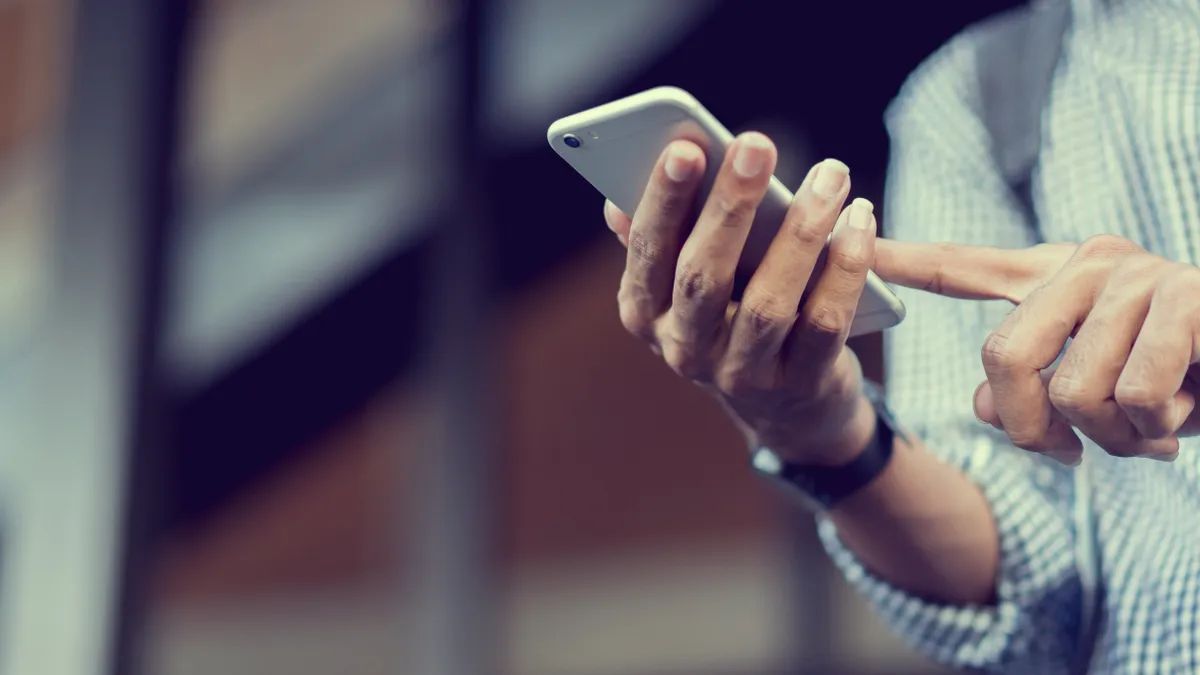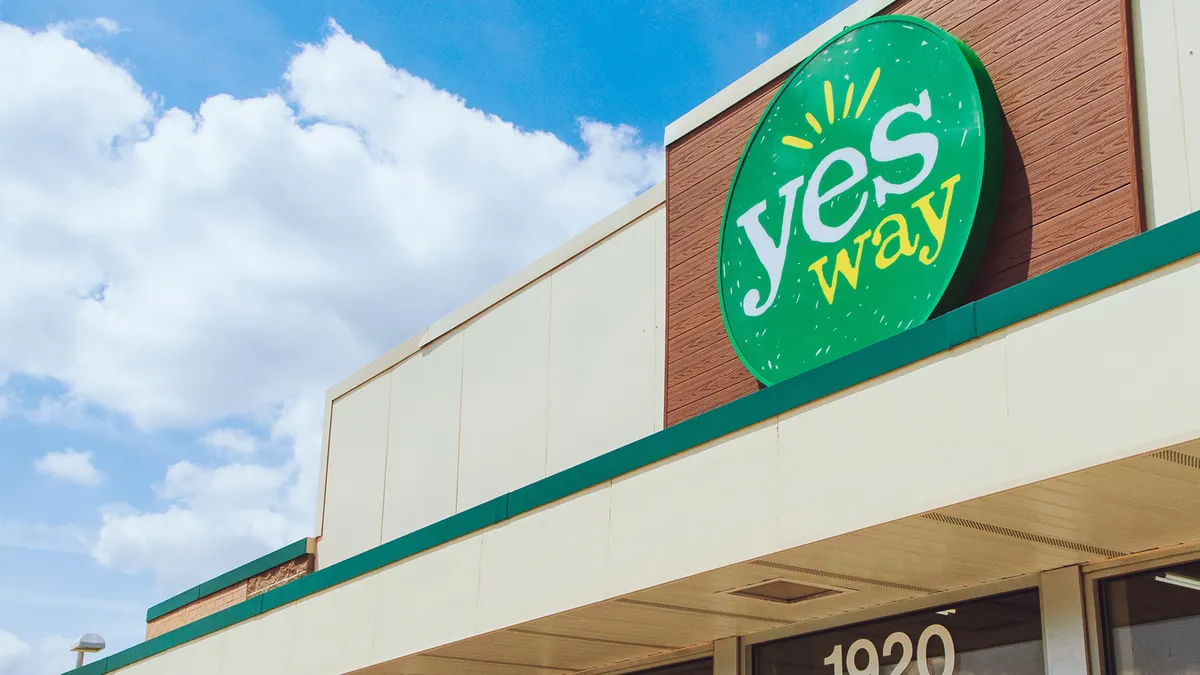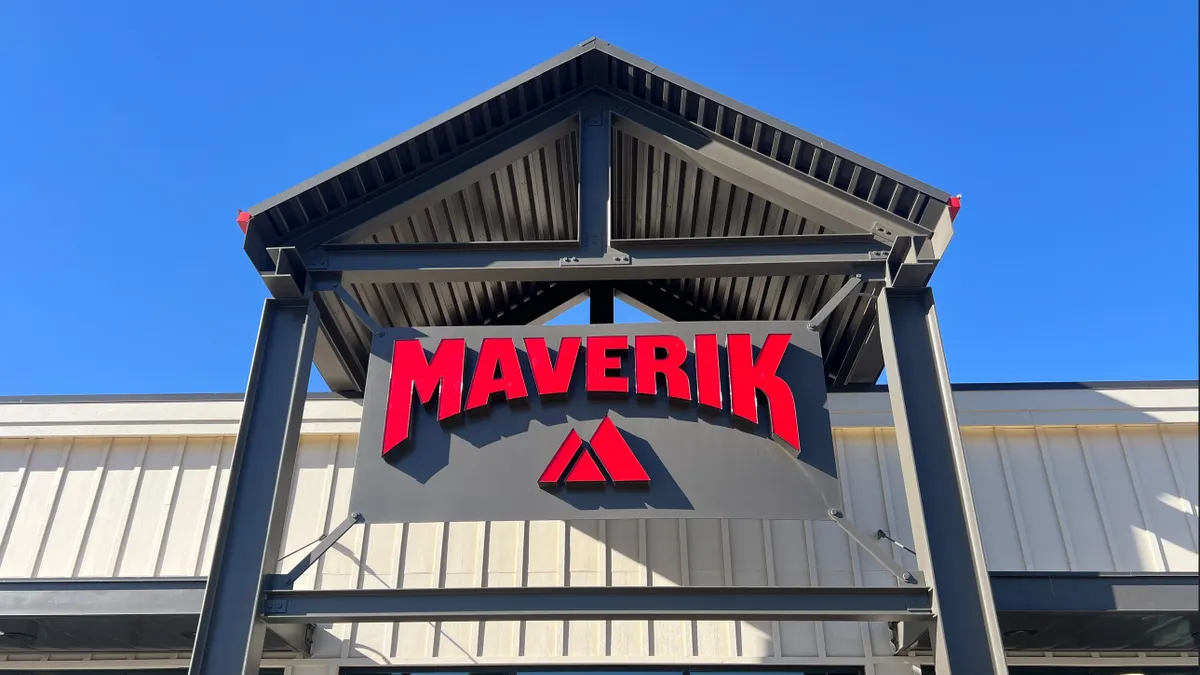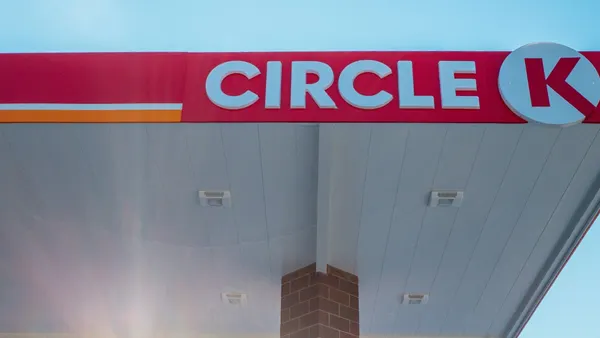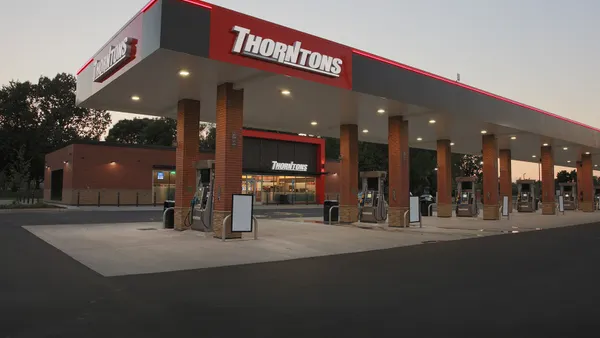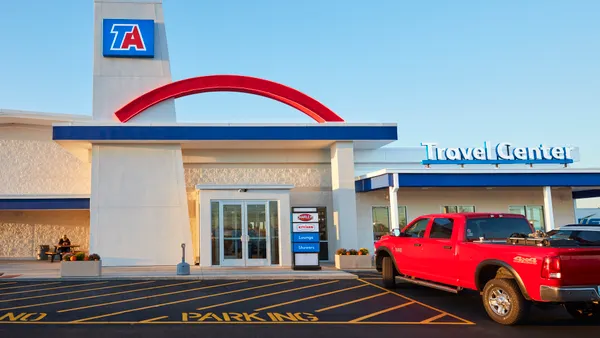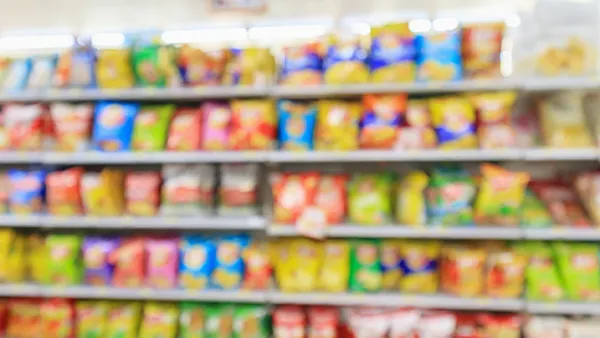The landscape of c-store technology has undergone rapid transformation in the past few years.
For a while, just having a website or mobile app was enough. But now customers want enhanced connectivity and convenience, said Nick Patrick, CEO of geofencing company Radar, in a recent NACS webinar.
“I think consumers … have really high expectations,” said Patrick. “They want to be able to order ahead, they want to have a seamless pickup experience.”
Geofencing is a type of technology that uses GPS, WiFi connections, cellular data and more to identify when a smartphone user is within a specific area. Messages and marketing offers can then be sent to those people if they’re using an associated app based on their location.
The technology can help get the right offers to customers at the right time and help a brand better serve its loyalty members, Patrick said.
“Investments in geofencing [are] helping your brand, helping your apps deliver really seamless, personalized, convenient experiences for customers,” said Patrick.
Grocers and other retailers currently use geofencing technology with their online pickup programs and with their loyalty programs. As c-stores increase their online service options and offer more fresh meals for pickup, geofencing could push its way further into the industry.
Here are a few ways c-stores may be able to harness geofencing for their businesses, according to the webinar.
Localized coupons and offers
Geofencing can determine what store a customer is near, and send them offers applicable to that location.
“I think the classic geofencing use case that a lot of a lot of people think about is, I'm within a mile of a store, send me a coupon,” said Patrick.
Location data can also be used to send additional information that could push shoppers to engage with a brand.
“If I'm at home, maybe you want to show me order ahead functionality or a store locator,” said Patrick. “Whereas if I'm on premise, maybe you want to show me pay at the pump, or loyalty features.”
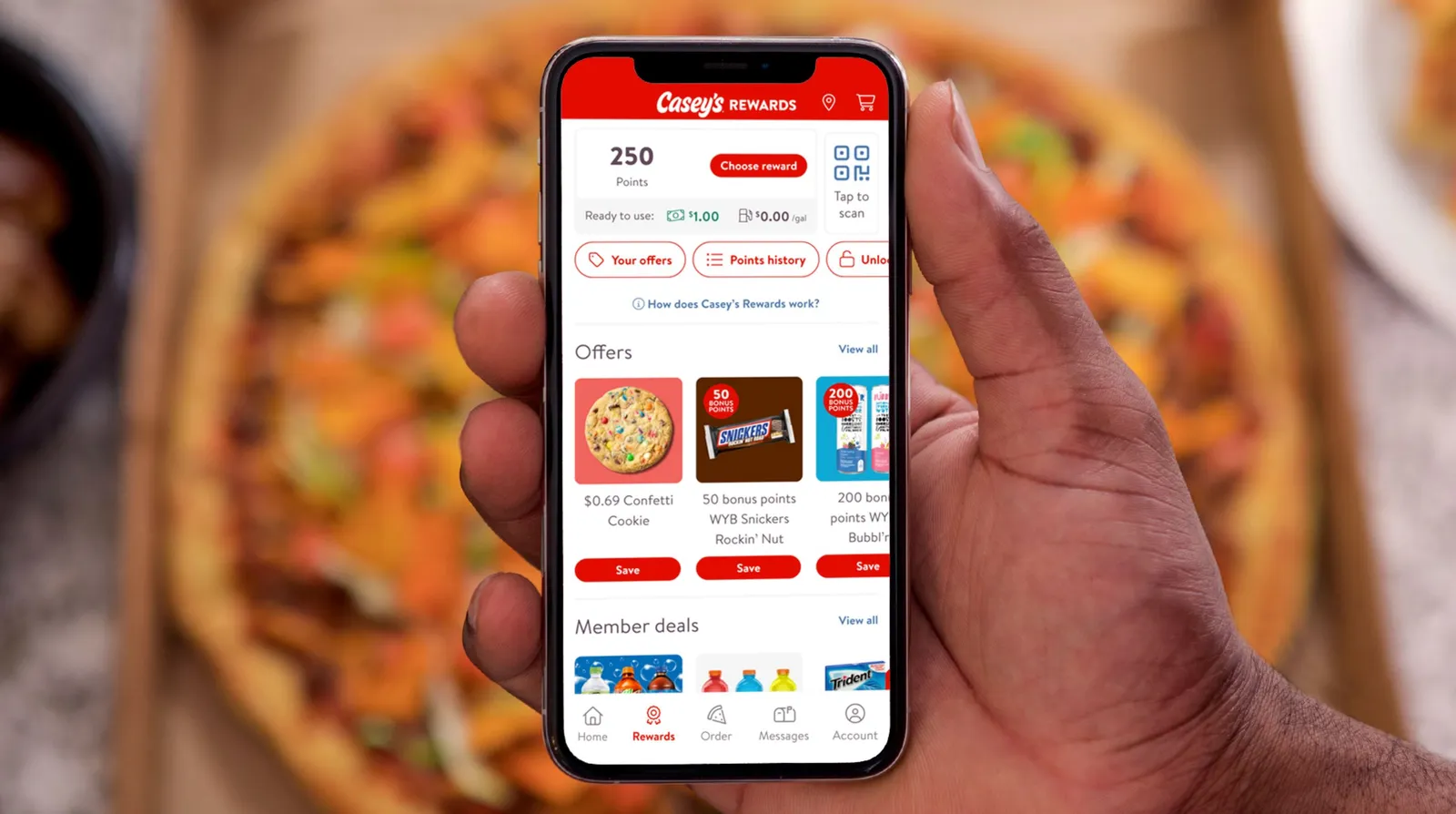
Hyper-personalized loyalty experience
Simply sending nearby customers offers for their local store may not be enough to catch people’s attention.
“For a lot of stores, the locations you're at, you may have competitors next door, across from you, every which way you look,” said Sean Marrero, senior director of partner ecosystem for online ordering and delivery software company Olo. “How do you get [customers] to not only come to you the first time, but to keep coming back?”
Getting more granular, geofencing can be used to offer more personalized experiences — and help a brand differentiate by helping build customer profiles.
“You can personalize offers and communications to each guest, across each channel — in store, online, at the pump,” said Marrero.
Enhanced order pickup
Geofencing can help a company know when a customer who’s placed an order for pickup is nearing the store.
Stores that use the technology can be ready to hand the order over as soon as shoppers arrive.
“You have to remember that demand for order ahead and curbside pickup is here to stay,” said Marrero. “Brands that leverage technology like this are really going to be able to maximize output and optimize the guest experience.”
Use employees’ time more efficiently
Knowing when customers are approaching for pickup can help workers better understand where to fold the order-ahead workflow into the rest of their duties. They can also start working on food as the customer approaches to maintain freshness.
“Let the people in the store handle everything just as if they were placed at the counter,” said Marrero.
He said this can be particularly important for c-stores because, unlike restaurants where everything is geared toward making and serving food, c-store employees often have many different tasks to juggle.
He also pointed out that as c-stores are just starting to move toward customers ordering ahead, building these workflows now can set them up for future success.
“If you really start to approach those problems up front, then you don't have to worry about all the training that goes into building those new reflexes,” Marrero said.


